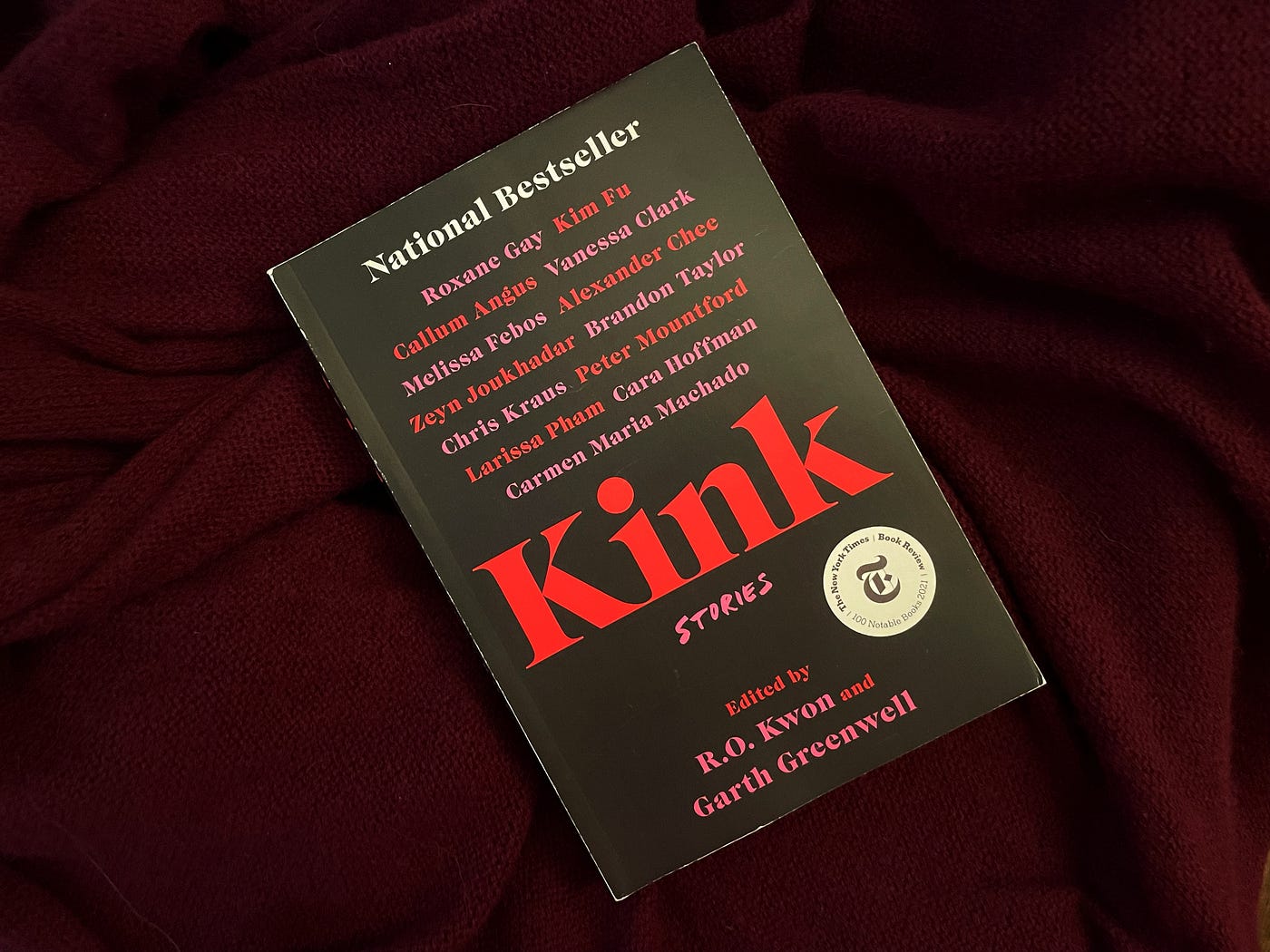Romance stories have always reflected love’s emotional and physical landscapes, but modern narratives have started embracing a broader and more authentic spectrum of intimacy. One of the most powerful shifts in recent storytelling is the inclusion of kink—not as a novelty but as a meaningful and nuanced part of how characters connect. In contemporary romance, kink belongs because it allows space for emotional risk, deep trust, and personal transformation. Characters today are more complex than ever. They question their needs, communicate boundaries, and explore vulnerability. That often starts with the deeply personal question: what are my kinks—a line that opens the door to self-exploration, mutual honesty, and unexpected connection? And when that journey unfolds in fiction, it reflects the emotional truths readers crave.
It’s about emotional realism
Kink, when written well, mirrors the emotional weight of real-life intimacy. It pushes characters to communicate, listen actively, and carefully navigate power dynamics. These are not just hot scenes but are rich with unspoken emotion, character tension, and mutual growth. Modern romance no longer leans on vague declarations of love. It invites us into detailed, vulnerable moments where characters expose their bodies, fears, insecurities, and desires. Kink becomes a path toward honesty that demands characters show up fully, without pretence.
Consent drives connection
In kink-centered stories, consent isn’t just present—it’s foundational. And when consent is front and centre, the emotional stakes rise. Characters must speak clearly about their wants, set boundaries, and tune into each other’s responses. This makes every moment—every glance, every pause, every touch—loaded with meaning.
Consent-based storytelling fosters connection through choice. When a character permits to explore something new, it’s an act of trust. When their partner responds with attentiveness and respect, it becomes intimacy. The chemistry built in these scenes isn’t manufactured—it’s rooted in care.
- Open dialogue: The best scenes start with conversation, not assumptions. Characters ask and listen, often discovering more than they expect.
- Response over routine: Rather than following a script, characters learn to read one another—body language, tone, emotional shifts—so that consent remains dynamic.
- Aftercare as closure: What happens after matters. The softest scenes often come post-intensity, where characters process, soothe and affirm their bond.
This narrative structure mirrors a real emotional connection. It’s honest, layered, and lasting.
Breaking romantic norms
Modern romance isn’t afraid to challenge the traditional. Instead of perfect characters who always say the right thing, readers now see flawed, questioning people trying to figure out what love looks like for them. Kink allows romance to bend the rules—to ask new questions, to create fresh dynamics, and to write love stories that don’t fit into neat boxes. Characters find intimacy in candles and soft lighting, restraint, negotiation, or structured play. These moments can carry more honesty than scripted declarations, showing that love has many languages—some loud, some quiet, all meaningful.
Readers crave stories where love is messy and sincere—where the road to connection is full of risk, revelation, and truth. Including kink in modern romance reflects the reality that emotional depth doesn’t always arrive in expected forms. It can come through struggle, surrender, or silence. When characters ask hard questions, like Who am I when I let go? or Will you still want me if I show you everything?—that’s where the heart of modern romance beats loudest. Kink, in this space, doesn’t complicate the story. It completes it.









